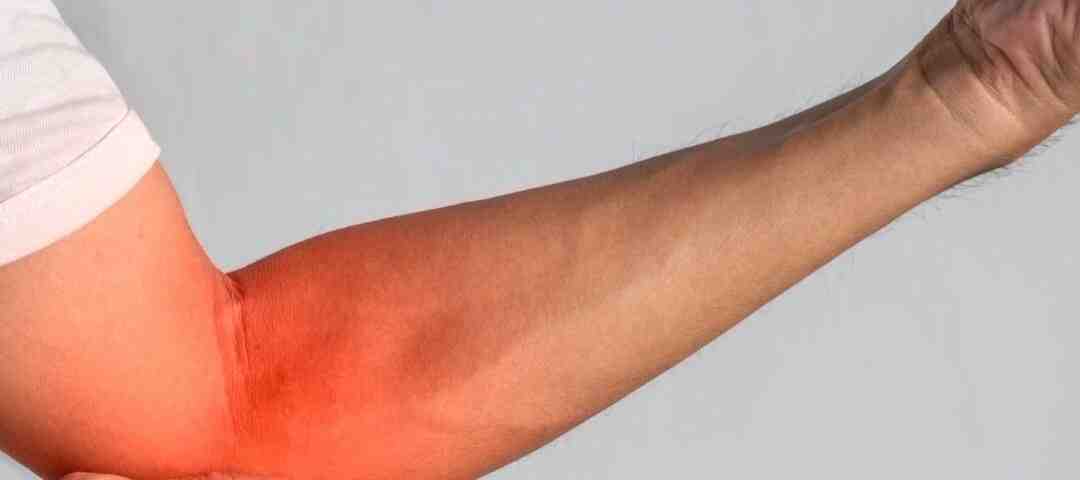Car Accidents and Elbow Injuries

Car Accidents and Knee Injuries
February 12, 2025
5 Common Strained Body Parts After an Accident
February 12, 2025- Accident doctor
- accupuncture
- airplane headache
- alzheimer's
- best habits
- Brain Injuries
- car accident
- car accidents
- cervical strain
- colds
- concussion
- Concussions
- disc bulge
- dosage meds
- dry needling
- dull pain
- E bike injuries
- florida
- good posture
- headaches
- Headrest positions
- Headrest positions after an accident
- Healthy choices
- Healthy flying
- healthy gift guide
- Healthy SPring Ideas
- hip pain
- hyperextension
- injury doctor
- insurance
- Kayaking
- kentucky
- kids motion sickness
- lifestyle
- motion sickness
- neck injury
- no fault insurance doctor
- noise healing
- osteoporosis
- pain symptoms
- pink noise
- posterior chain
- posture
- prevent osteoporosis
- Rest
- Scoliosis
- shoulder pain
- Stress with kids after a motor vehicle accident
- TBI
- tips
- tmj
- torn muscle
- Traumatic Brain Injury
- trigger points
- VitaminD
- What are Post Traumatic headaches?
Car Accidents and Elbow Injuries
One of the most common injuries associated with a car accident is whiplash, an injury of the neck. However, another common but lesser-known musculoskeletal injury includes the elbow. Dr. Deryk Harting of Chambers Medical Group, one of the highest rated car accident medical care providers in Florida, discusses car accidents and elbow injuries.
The elbow joint is a hinge joint that connects the upper arm (humerus) to the forearm bones (radius and ulna). Several ligaments provide stability, including the ulnar collateral ligament (UCL), which supports the inner side of the elbow, the radial collateral ligament (RCL), which supports the outer side, and the annular ligament, which helps hold the radius in place for rotational movement. The biceps and triceps enable elbow movement, while the forearm muscles provide grip strength and wrist motion. Key nerves, including the ulnar nerve (“funny bone”), radial nerve, and median nerve, pass through the elbow, playing a crucial role in sensation and motor function.
Several factors contribute to elbow injuries during a car accident:
- Direct Impact: The elbow may strike the steering wheel, dashboard, or door, causing fractures or soft tissue damage.
- Airbag Deployment: The sudden force of an airbag can hyperextend the elbow or cause blunt force trauma.
- Bracing for Impact: Many people instinctively brace themselves by extending their arms, which can lead to dislocations or fractures upon impact.
- Twisting or Hyperextension: Seatbelts and sudden movements during a crash can twist or overextend the elbow causing ligament and tendon damage.
Common Elbow Injuries from Car Accidents
- Elbow Fractures
- Olecranon fractures (tip of the ulna) happen when the elbow is directly hit.
- Radial head fractures (top of the radius) can occur when the arm is extended during impact.
- Distal humerus fractures (lower part of the upper arm bone) often result from major crashes.
- Fractures may require surgery, immobilization with a cast, and therapy for recovery.
- Elbow Dislocation
- This can occur if someone extends their arm to brace for impact, pushing the bones out of place.
- Symptoms include severe pain, swelling, and obvious deformity.
- Treatment often involves realigning the joint manually, followed by a sling and therapy. Severe cases may require surgery.
- Ligament Injuries (Sprains and Tears)
- The UCL and RCL are most commonly affected.
- Symptoms include pain, swelling, and instability in the elbow.
- Mild ligament injuries may heal with rest and physiotherapy, but severe tears often require surgical repair.
- Tendon Injuries (Biceps/Triceps Strains and Tendon Ruptures)
- An accident can cause these tendons to partially or completely rupture.
- Symptoms include sudden pain, swelling, and weakness in arm movement.
- Severe cases require surgical tendon reattachment followed by rehabilitation.
- Nerve Damage (Ulnar Nerve Entrapment or Neuropathy)
- The ulnar nerve runs along the elbow and can be compressed or damaged in a crash.
- This can result in numbness, tingling, or weakness in the hand and fingers.
- In minor cases, nerve irritation is resolved with rest and anti-inflammatory medication.
- Severe cases, when the nerve is compressed or severed, may require surgery to relieve pressure or repair the nerve.
Seeking medical attention after a car accident is essential if you experience pain, swelling, bruising, stiffness, numbness, or difficulty moving the elbow. Doctors diagnose elbow injuries through physical exams, as well as X-rays, CT scans, or MRIs. Treatment depends on the severity of the injury. Mild injuries can often be managed with rest, compression, elevation, and therapy. Moderate injuries may require immobilization with a brace, splint, or sling to promote healing. In cases of severe injuries, surgical intervention may be necessary to repair fractures, tears, or nerve damage.
Elbow injuries from car accidents can range from minor sprains to severe fractures or dislocations, which can impact daily activities and require prompt diagnosis and appropriate treatment. Seeking early medical attention and following a proper rehabilitation plan can help restore function and prevent long-term complications.
— This article is written by Deryk Harting, DC, one of the members of Chambers Medical Group’s team of car accident chiropractors who offer a variety of treatments and therapies ranging from diagnostic testing to various soft tissue therapies for car accidents and injuries in Florida.
- Car Accident Medical Clinic in Tampa
- Car Accident Medical Clinic in Plant City
- Car Accident Medical Clinic in Brandon
- Car Accident Medical Clinic in Lakeland
- Car Accident Medical Clinic in Sarasota
- Car Accident Medical Clinic in Louisville
- Car Accident Medical Clinic in Lexington
- Car Accident Medical Clinic in Florence




